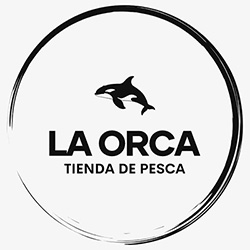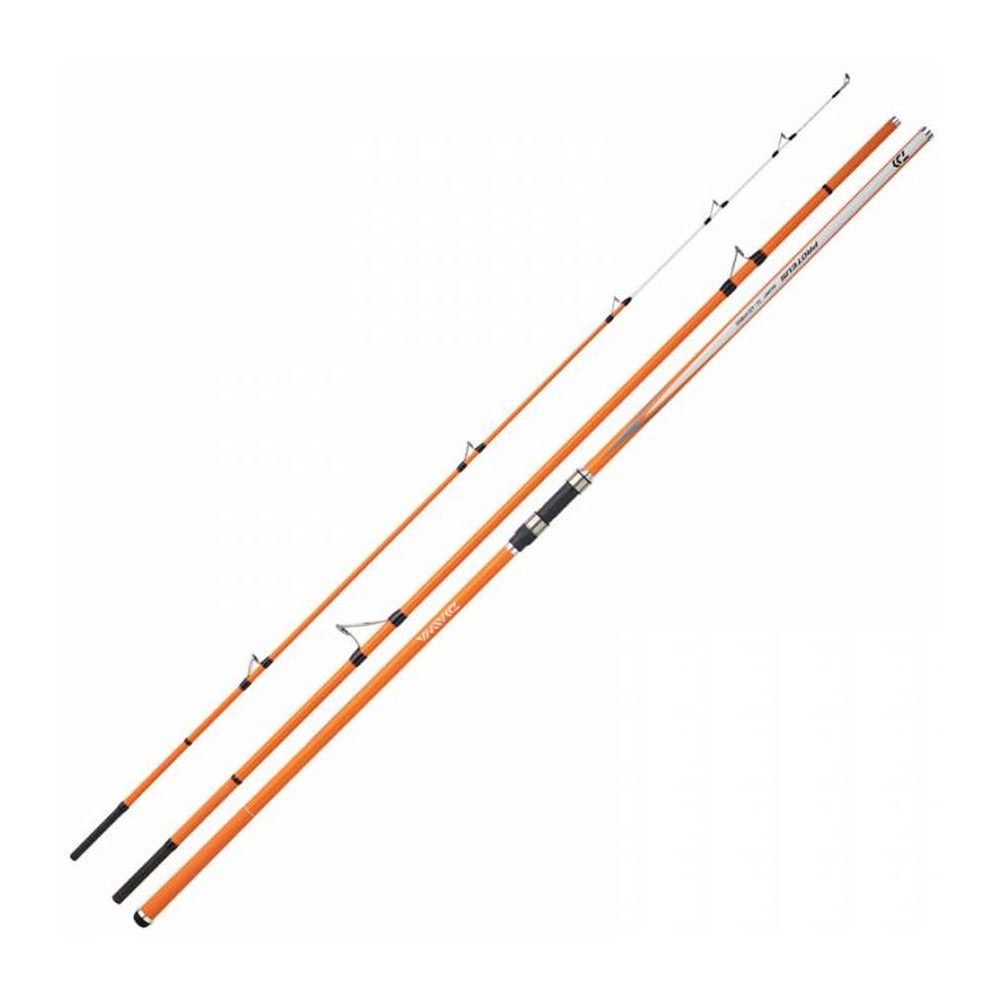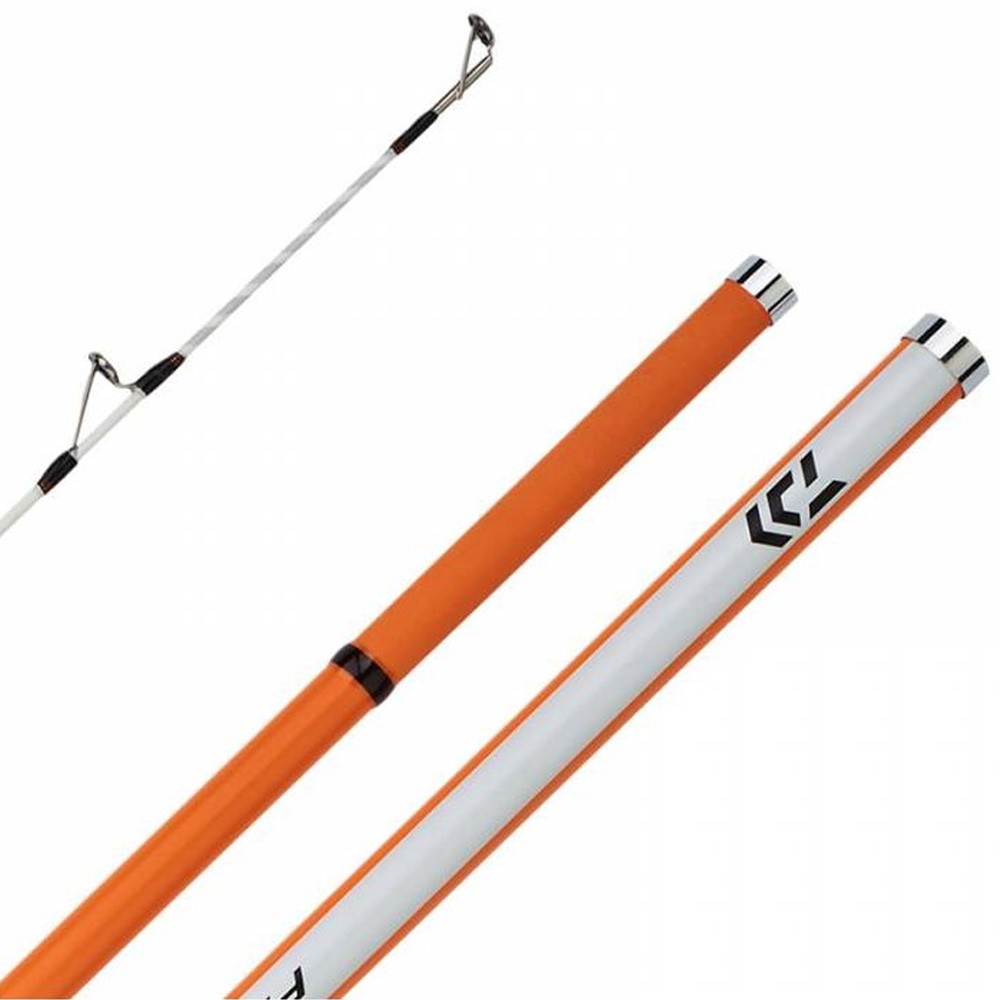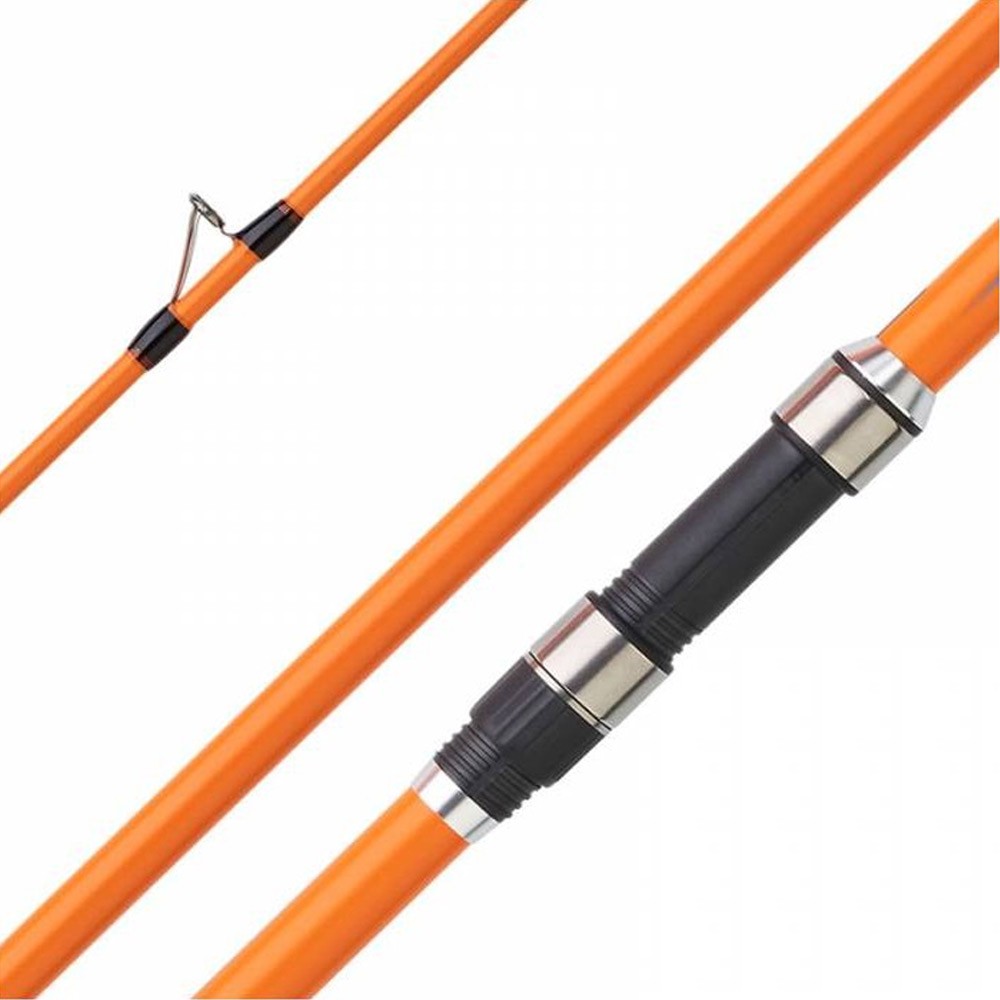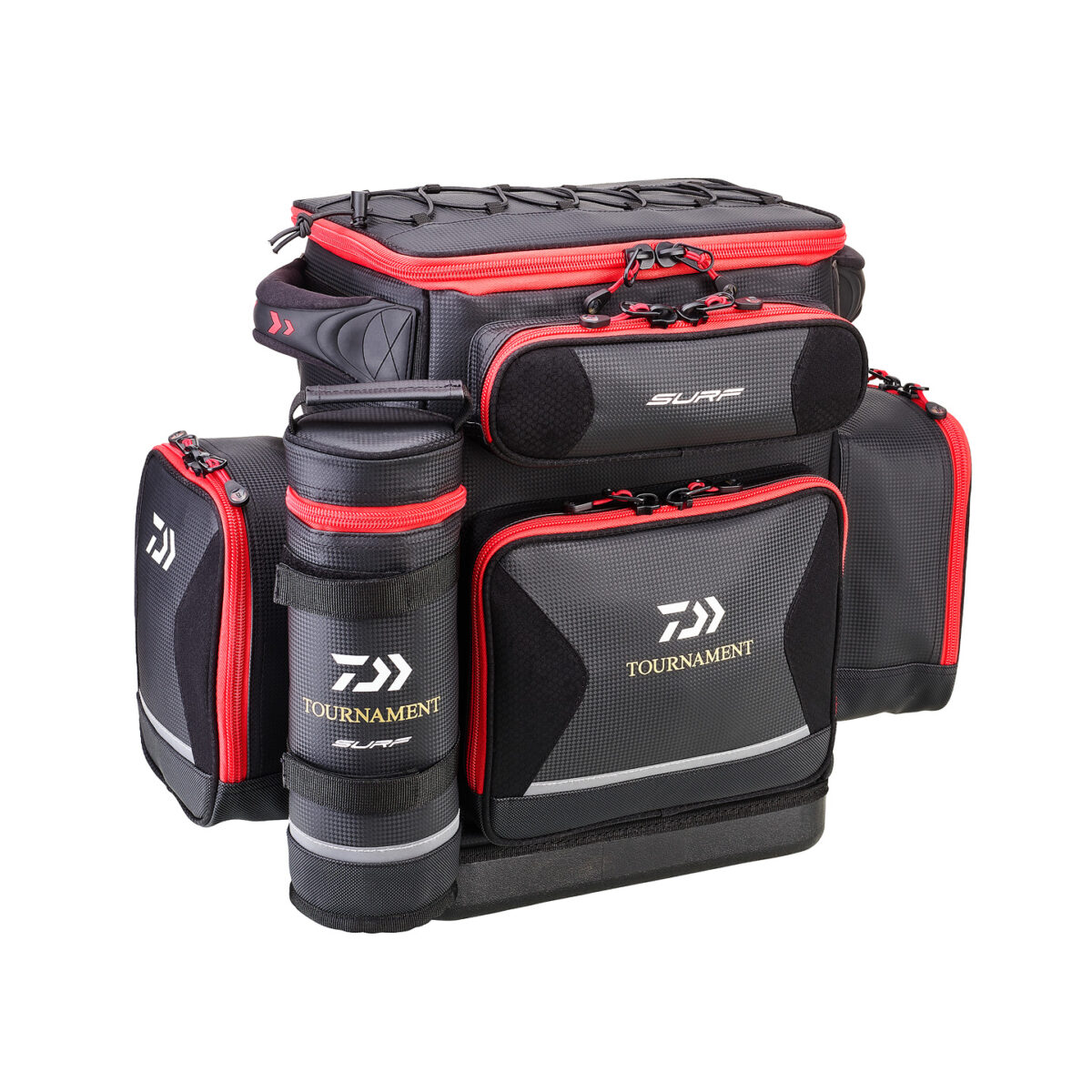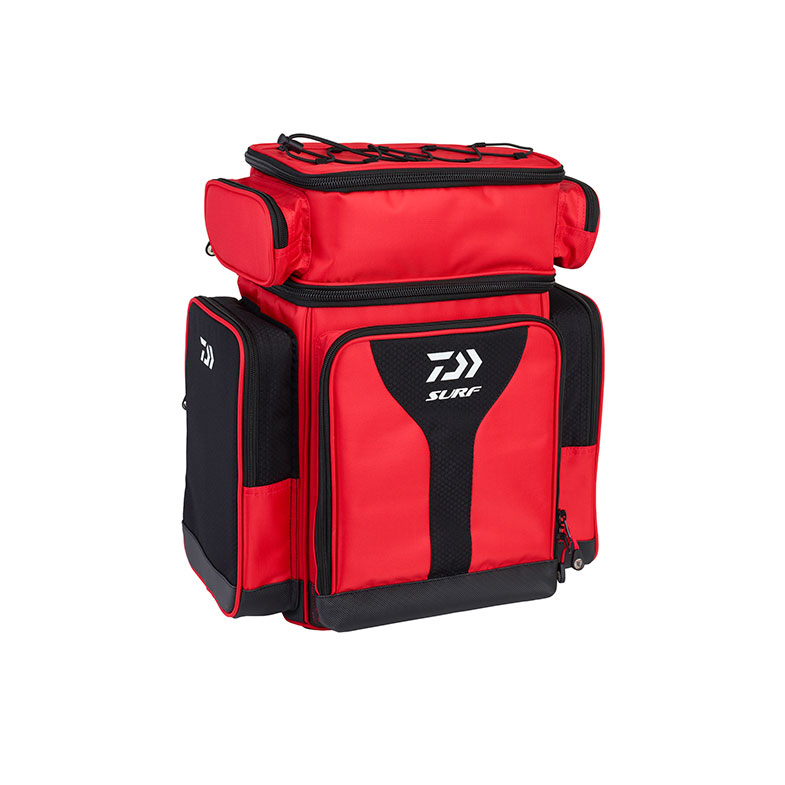Tienda
Caña Daiwa Proteus Surf 33 420 Híbrida
El precio original era: 95,00€.79,95€El precio actual es: 79,95€.
10 disponibles
Potencia, Precisión y Rendimiento para el Pescador Deportivo
La serie Daiwa Proteus representa un equilibrio ideal entre potencia, ligereza y durabilidad. Diseñada para satisfacer las necesidades del pescador deportivo moderno, esta caña está construida con materiales de alta calidad y tecnologías avanzadas que garantizan un rendimiento óptimo tanto en pesca inshore como offshore.
Principales características de la Daiwa Proteus
-
Blank de carbono HVF (High Volume Fiber): ofrece mayor rigidez estructural con un peso reducido, ideal para jornadas largas sin fatiga.
-
Refuerzo con tecnología Braiding-X: mejora la resistencia a la torsión durante lances potentes o combates exigentes.
-
Anillas Fuji FazLite tipo K: permiten lances suaves, sin enredos, y garantizan durabilidad frente al ambiente marino.
-
Portacarretes Fuji y empuñadura de EVA: brindan seguridad y comodidad en todo momento.
-
Amplia gama de modelos: disponibles en versiones spinning y casting, adecuados para diferentes técnicas y especies.
Rendimiento y versatilidad
La Daiwa Proteus es una caña diseñada para quienes buscan fiabilidad en cada lance. Gracias a su versatilidad, se adapta a múltiples técnicas como spinning medio, jigging ligero, pesca con vinilos o cebos naturales, tanto desde costa como desde embarcación. Está especialmente recomendada para especies como lubina, jurel, sargo o incluso túnidos de talla media.
Para quién está pensada
Esta caña está orientada a pescadores exigentes que buscan un equipo robusto y técnico, capaz de ofrecer precisión en el lance y fuerza en la recogida. Ya sea para pesca recreativa o en competición, la Proteus responde con un alto nivel de rendimiento y durabilidad.
Disponible en nuestra tienda
En La Orca, puedes adquirir la Daiwa Proteus con garantía oficial, asesoramiento personalizado y envío rápido. Además, te ayudamos a elegir el carrete y los accesorios más adecuados según tu estilo de pesca.
-
caña Daiwa Proteus
-
caña de pesca Daiwa
-
caña spinning Daiwa
-
caña de pescar para mar
-
Daiwa Proteus precio
-
comprar Daiwa Proteus online
-
cañas resistentes para pesca en costa
-
equipo de pesca Daiwa 2025
